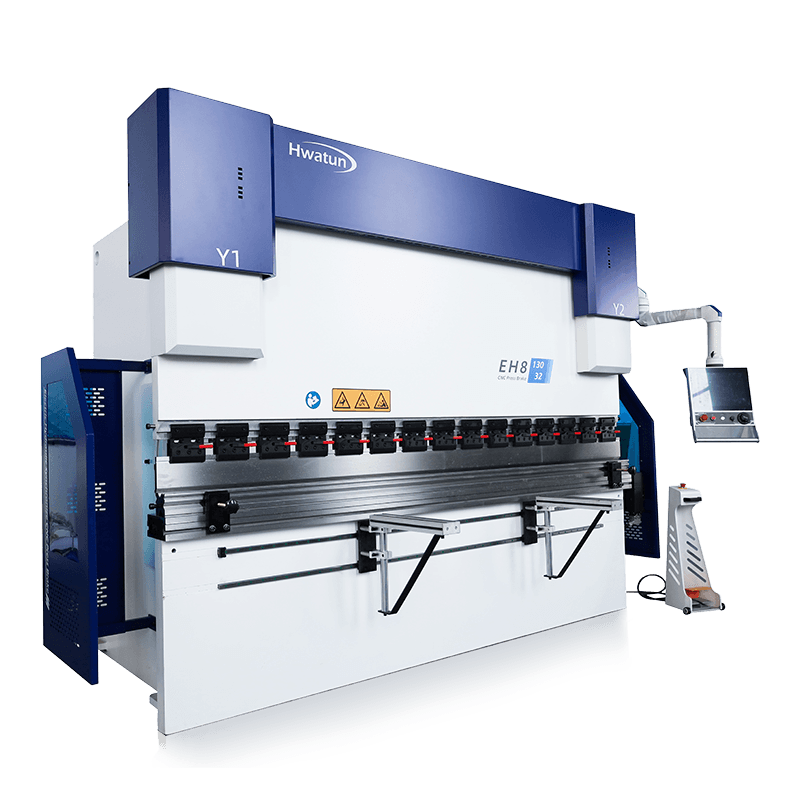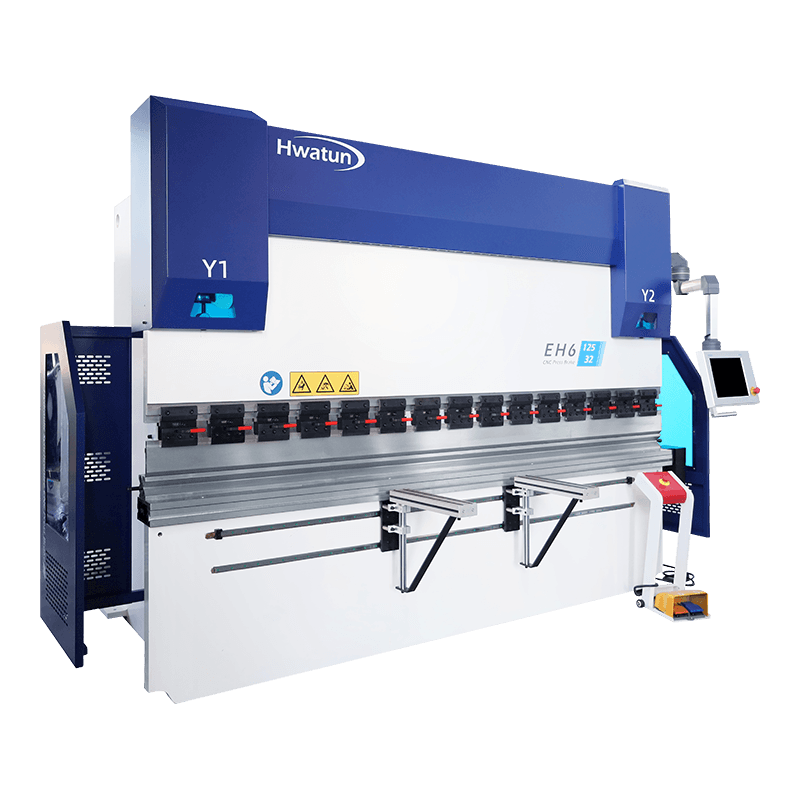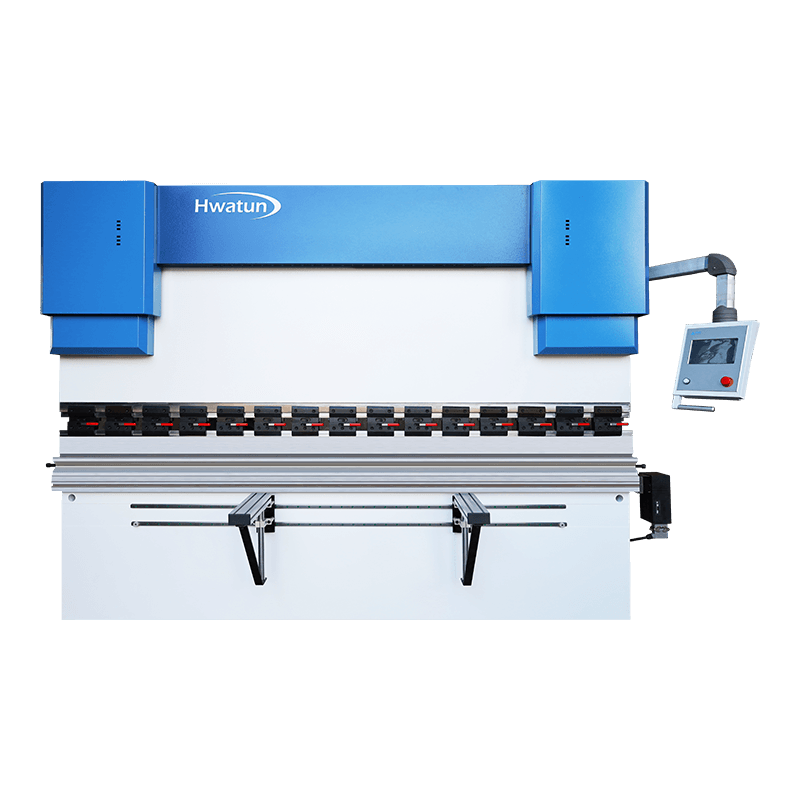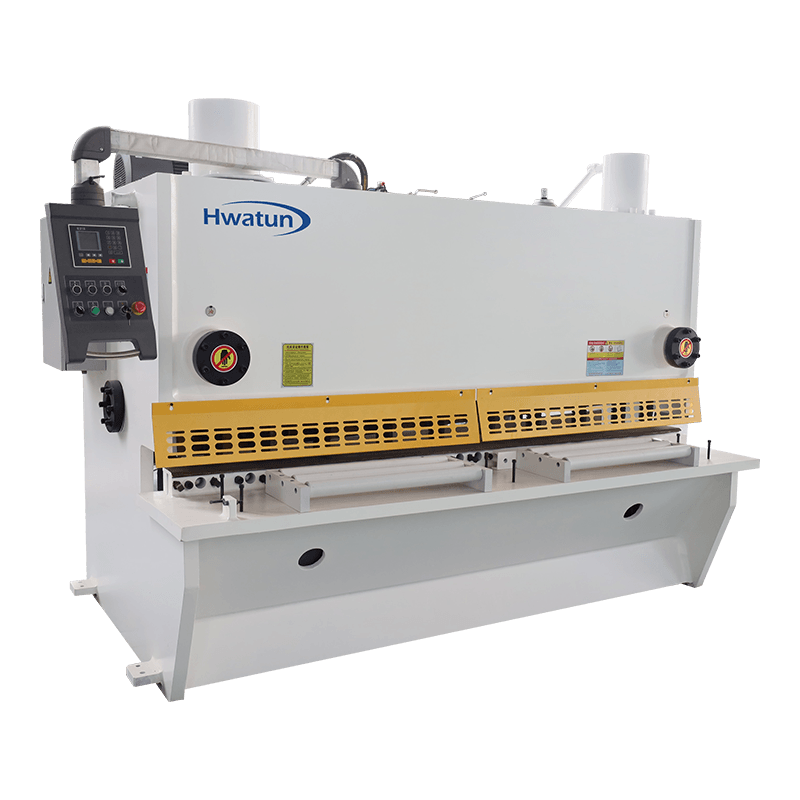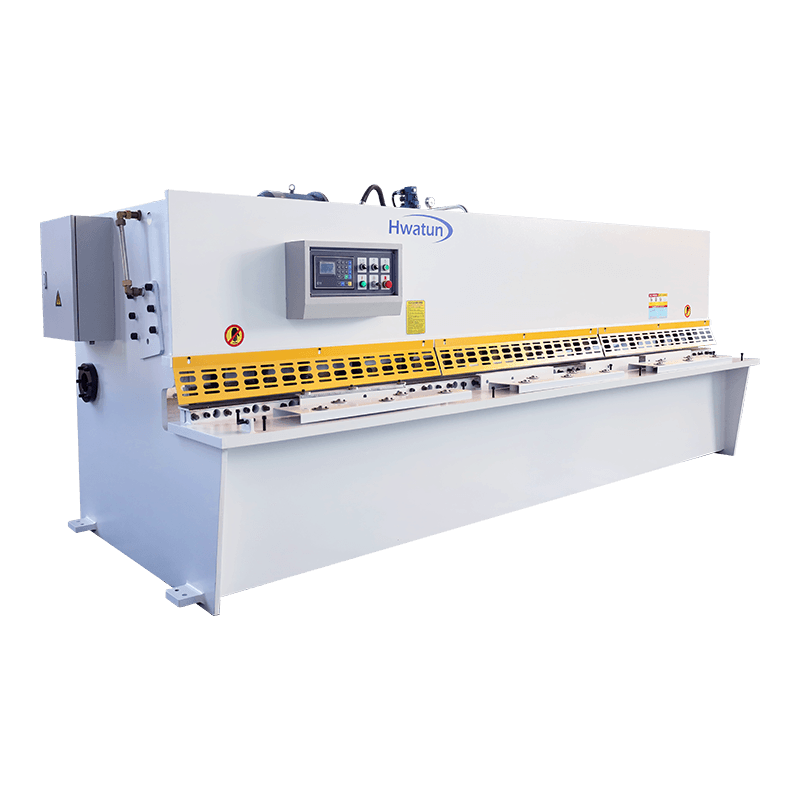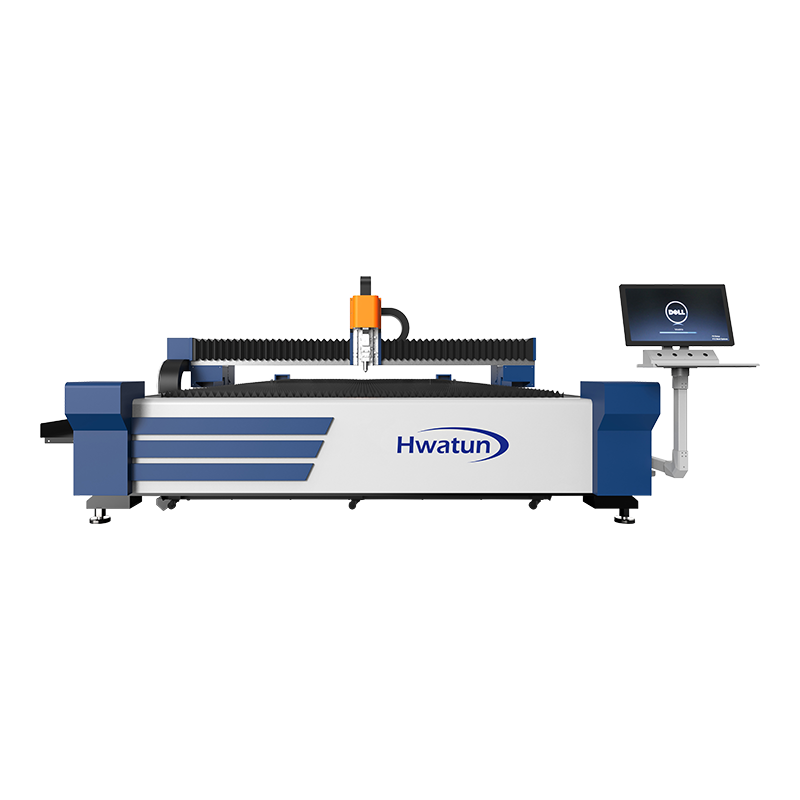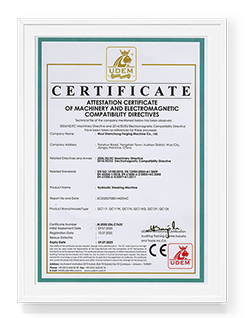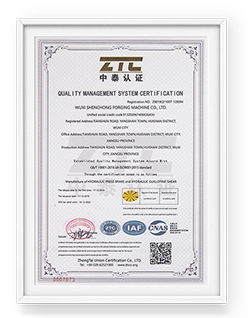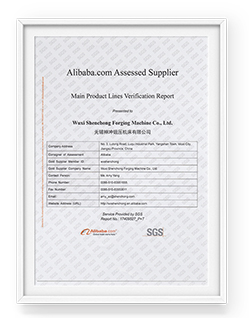How precise and accurate is the CNC press brake in terms of bending angles and repeatability?
The precision and accuracy of a CNC press brake in terms of bending angles and repeatability are key factors that can significantly impact the quality of the finished product. Here's a breakdown of these aspects:
Bending Angle Accuracy:
Advanced Control Systems: CNC press brakes are equipped with sophisticated control systems that allow precise control of the bending process. The CNC system can calculate the required punch position and adjust parameters in real time to achieve the desired bending angle with high accuracy.
Angle Measurement and Compensation: Many modern CNC press brake include automatic angle measurement systems, such as laser sensors or angle detectors, that measure the angle during the bending process. These systems provide feedback to the controller, allowing automatic compensation for material springback, ensuring consistent bending angles.
Tolerance Levels: High-quality CNC press brakes can typically achieve bending angle accuracy within a range of ±0.2° to ±0.5°, depending on the material and tooling used. Some advanced machines can achieve even tighter tolerances with specialized tooling and control features.
Repeatability:
Consistent Performance: Repeatability refers to the machine's ability to produce the same bending results consistently over multiple operations. CNC press brakes achieve high repeatability due to the precision of their back gauge, hydraulic systems, and control software.
Back Gauge Precision: The back gauge is a critical component that positions the workpiece accurately for each bend. CNC press brake use high-precision servo motors and ball screws to control the back gauge position, often with repeatability within ±0.01 mm. This ensures that each workpiece is positioned correctly, resulting in consistent bend locations and angles.
Hydraulic Systems: The use of high-quality hydraulic systems with proportional valves ensures precise control of the ram movement, reducing variations in bending force and travel distance. This stability in the bending process contributes to high repeatability.
Factors Affecting Precision and Repeatability:
Tooling Quality: The precision of the bending angles also depends on the quality and condition of the tooling. High-precision tools with minimal wear are crucial for maintaining accuracy and repeatability. The machine must support high-quality, precision-ground punches and dies to achieve consistent results.
Material Properties: Variations in material thickness, hardness, and grain direction can affect bending accuracy. CNC press brakes with automatic angle correction systems can compensate for these material variations, maintaining accuracy across different batches.
Machine Rigidity: The overall rigidity and construction of the press brake affect its precision. A rigid frame minimizes deflection during bending, leading to more accurate and repeatable bends.
Advanced Features Enhancing Precision:
Crowning Systems: Some CNC press brakes are equipped with crowning systems that compensate for the deflection of the machine frame during bending. This ensures even force distribution along the entire bending length, maintaining consistent angles.
Automatic Tool Positioning: Some advanced machines offer automatic tool positioning and clamping systems, reducing setup errors and enhancing repeatability across different production runs.
Operator Influence:
Ease of Use: CNC press brakes are designed to minimize the influence of the operator on bending accuracy. The CNC control system automates many aspects of the process, reducing the likelihood of human error and ensuring that bends are consistent across different operators.
A well-designed and properly maintained CNC press brake can achieve high levels of precision and repeatability. With advanced control systems, accurate back gauges, and features like automatic angle measurement and compensation, these machines can produce bends with tight tolerances consistently. However, factors such as tooling quality, material properties, and machine rigidity also play crucial roles in achieving the desired precision.

 Eng
Eng  简体中文
简体中文 Español
Español русский
русский